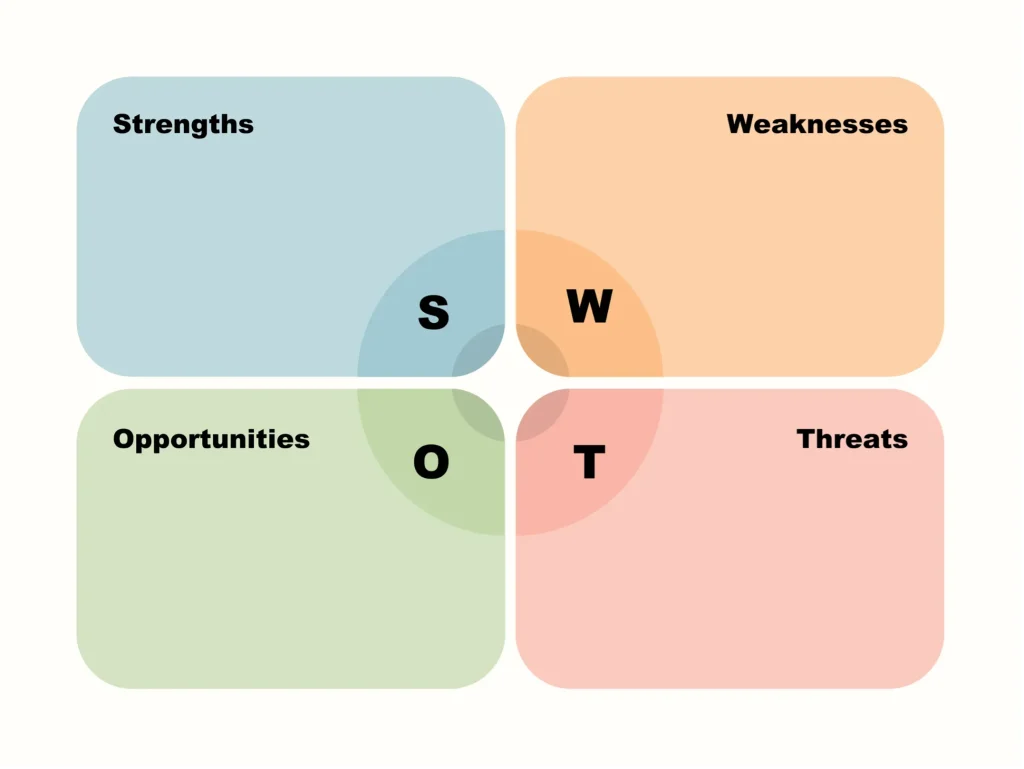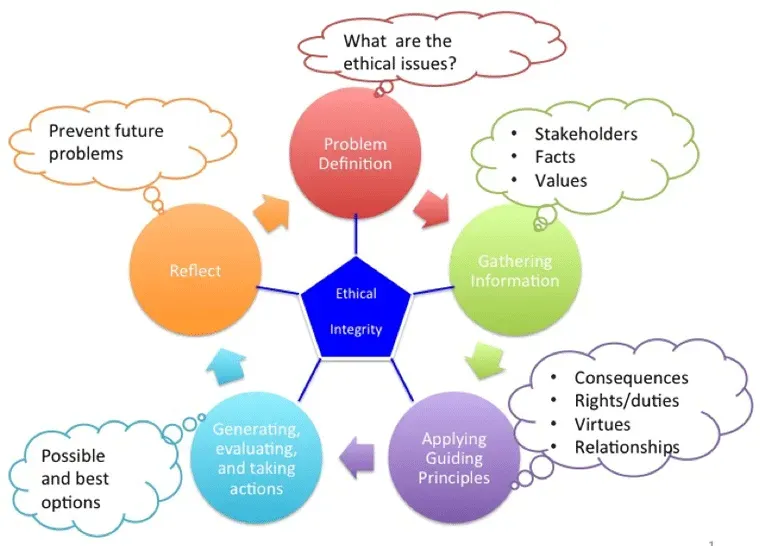Social Media Sentiment Analysis sits at the crossroads of linguistics, data science, and customer insight, helping brands listen to opinions across microblogs, image captions, and video comments. In a fast-paced digital era where posts, likes, and shares shape perception, this field translates raw chatter into actionable signals for brands and teams. By pairing structured analysis with social listening techniques, teams quantify sentiment, track trends, and anticipate shifts in audience mood. Advances in machine learning for sentiment analysis enable scalable, domain-aware insights from noisy social data. Opinion mining in social media adds depth by surfacing nuanced opinions that drive product decisions and customer experiences.
A broader view of opinion analytics in online communities emphasizes mood, tone, and stance across reviews, posts, and replies. This semantic framing draws on latent associations between topics like brand perception, customer feedback, and market signals. Rather than focusing solely on polarity, practitioners examine emotional cues, sentiment evolution, and conversational context. Methods span from content analysis, social listening, and opinion mining in social media to AI-driven classification, aligning signals with strategic goals. In short, the latent relationships captured by these approaches help organizations map audience attitudes and steer experiences.
Social Media Sentiment Analysis: Techniques, Models, and Business Impact
Social Media Sentiment Analysis is the practice of detecting and classifying opinions expressed across social platforms, from microblogs to image captions and video comments. In a fast-moving digital landscape, this process helps quantify brand health, monitor campaign performance, and guide product development by turning noisy posts into actionable signals. By blending linguistics, data science, and analytics, teams can derive nuanced insights about public perception, customer mood, and intent. This subfield relies on a mix of data collection, preprocessing, and modeling, with careful evaluation to account for slang, sarcasm, and platform-specific language. Core concepts in the toolkit include machine learning for sentiment analysis and social listening techniques, which together enable scalable, real-time insights.
From lexicon-based approaches to modern transformer models, practitioners choose methods that balance transparency, speed, and accuracy. Lexicon-based methods are fast and interpretable but often struggle with evolving slang and sarcasm found on social media. Machine learning for sentiment analysis—using labeled data to train classifiers such as logistic regression, SVMs, and tree-based models—captures contextual cues like n-grams, punctuation, and hashtags. Transformer-based models, including BERT and its variants, further improve handling of negation and nuanced phrasing. Domain adaptation, transfer learning, and continuous retraining help these models stay aligned with changing brand voice and audience. Evaluation relies on metrics like accuracy, F1-score, and AUC, supported by representative validation sets and, when possible, human-in-the-loop checks to handle ambiguous cases.
Enhancing Brand Intelligence with Social Listening Techniques, Emotional Tone Detection, and Opinion Mining in Social Media
To move beyond simple polarity, teams integrate emotional tone detection to classify expressions into emotions such as joy, anger, or surprise. This deeper signal from social conversations enriches sentiment analysis by revealing the emotional context behind opinions and helping brands respond in a timely, empathetic manner. Social listening techniques play a crucial role in gathering diverse data across platforms, including Twitter, Reddit, and long-form comments, while accounting for language, culture, and regional differences. Incorporating opinion mining in social media allows organizations to identify explicit opinions, stance, and intensity, which complements polarity scores and delivers a fuller picture of brand sentiment.
Operational success comes from translating these signals into action. Build dashboards and alerting rules that visualize sentiment, emotion, and topic clusters across audiences, campaigns, and timeframes. Maintain governance around data privacy, platform terms of service, and bias mitigation, and ensure multilingual capabilities through language-specific models or multilingual transformers. Pair robust preprocessing with domain adaptation and ongoing model monitoring to guard against drift. When combined with social listening insights and opinion mining, emotional tone detection becomes a powerful driver for product iteration, customer service optimization, and strategic planning.
Frequently Asked Questions
How can Social Media Sentiment Analysis help brands monitor customer sentiment across platforms using social listening techniques?
Social Media Sentiment Analysis enables brands to quantify sentiment trends, monitor brand health, and respond quickly. By applying social listening techniques to posts, comments, and reviews, you can track polarity (positive, negative, neutral), detect evolving emotions, and gauge campaign impact across platforms like Twitter, Instagram, and Facebook. Integrating these insights into dashboards and alerting supports proactive customer care and informed decision-making.
What are the main approaches in Social Media Sentiment Analysis, including emotional tone detection and machine learning for sentiment analysis, and when should you use each?
Key approaches include lexicon-based methods for fast, transparent scoring and machine learning for context-aware classification using labeled data (e.g., logistic regression, SVM, or transformer-based models). Emotional tone detection adds nuance by classifying emotions (joy, anger, sadness, etc.), while opinion mining extracts explicit stances about products or topics. Use lexicon-based or simple ML when speed and interpretability matter, and apply deep learning/transformer models with domain adaptation for nuanced content and multilingual data. Combine emotion and opinion signals with polarity to gain richer insights, and validate performance with representative labeled data and ongoing bias checks.
| Topic | Key Points |
|---|---|
| What is Social Media Sentiment Analysis | Definition: Detects and classifies opinions expressed on social platforms; blends linguistics, computer science, and data analytics to turn raw social data into actionable insights; benefits researchers, marketers, and businesses. |
| Why it matters | Provides a real-time feedback loop. Social language often carries nuance, sarcasm, or cultural context. Moving beyond simple word lists, Social Media Sentiment Analysis helps identify trends, quantify brand health, monitor campaigns, and tailor responses. Modern analyses also detect emotions, intents, and consumer confidence. |
| Techniques & approaches | – Lexicon-based vs machine learning: transparent and fast vs context-aware but data-dependent. – Deep learning/transformers (e.g., BERT) for context and nuanced phrasing. – Emotion detection and opinion mining for deeper insights. – Data sources & preprocessing: handling quirks across platforms. – Domain adaptation & transfer learning to maintain domain relevance. – Evaluation & metrics: accuracy, precision, recall, F1, AUC, with human-in-the-loop when needed. – Practical tips for success. |
| Data sources & preprocessing | Sources include Twitter, Reddit, Facebook, Instagram, YouTube, forums. Preprocessing covers normalization, tokenization, emoji handling, hashtags/mentions, multilingual considerations. |
| Domain adaptation & transfer learning | Domain-specific finetuning and lexicons; continued pre-training on domain data; multi-task learning to align sentiment with domain concepts; helps bridge performance gaps across topics. |
| Evaluation & metrics | Common metrics: accuracy, precision, recall, F1, AUC; use confusion matrices; emphasize robustness on representative validation sets and out-of-domain data; consider human-in-the-loop for nuanced cases. |
| Practical tips & workflow | Define goals; mix lexicon-based methods with ML/transformers; curate domain-specific data; monitor drift and retrain; handle multilingual content; address bias and ethics; visualize trends and topics for decision-making. |
| Case examples & applications | Product launches, customer service optimization, brand health monitoring, competitive intelligence, crisis management. |
| Challenges & considerations | Sarcasm and context; language and cultural nuances; data quality and noise; privacy and compliance; bias and fairness; need for robust preprocessing and auditing. |
| Tools & resources | Libraries: NLTK, spaCy, TextBlob, scikit-learn, PyTorch, TensorFlow, Hugging Face; cloud NLP services; domain-specific datasets and benchmarks. |



